The Leica SL System continues to grow and mature. Two and a half years since the SL (Typ 601) launched, Leica’s focus is now on expanding the lens lineup. The 24-90 and 90-280, the first two SL lenses, are the first zooms that I’ve used which offer Leica prime lens quality at every focal length in their respective ranges. Flexible, incredibly sharp and just an all-around solid performer, the standard zoom pairs perfectly with the SL body. Not surprisingly, the SL and 24-90 has been my go-to combo for most of my photographic pursuits these past two years.
For those needing longer reach, the 90-280 puts even the sharpest Leica R prime tele lenses to shame. Yes, even the legendary ones. And with autofocus, auto aperture, image stabilization and full weather sealing to boot. You can read my full review here. Rounding out the zooms, the just-introduced 16-35 could prove to be the finest wide angle zoom ever made – truly a landscape photographer’s dream. With these three zooms, the SL will cover 16-280mm, enough for the vast majority of photographers.
But, many Leica shooters have been looking for more than just a range of zoom lenses, even if they offer unparalleled performance. And while I personally don’t find the sizes of these lenses objectionable for the capability they offer, many are yearning for something lighter and more portable. Many SL users want primes, and small ones at that.
The 50 f/1.4 Summilux-SL came out last year and set a new standard for a normal lens (Full review here).Tack sharp with gorgeous bokeh. But, no help in the size department. The 50 Lux shares the same 82mm front diameter and voluminous lens barrel as the zooms. Clearly, Leica can’t just keep rolling out gargantuan lenses, no matter how exceptional.
Summicron-SL Range
At the last Photokina, Leica answered the call. They showed off mock-ups for a range of new f/2 Summicron-SL primes. Starting with 35, 75 and 90, the Crons all share the same barrel dimensions, sporting a much more reasonable 67mm front filter size. But even with the reduction in size, no sacrifice would be made on image quality. Quite the opposite, in fact.
Sitting down with Peter Karbe, the head of optical design, I learned that this new range of lenses would raise the bar with regards to optical performance. Again. The Summicron-SL lenses would represent the best prime lenses Leica has ever made. In his words, “These primes redefine everything. They are simply amazing in terms of total optical performance, as well as mechanical. Fast autofocus. Next level image quality.” No small statement.
Peter has made similar claims since we started discussing lenses over a decade ago, and I’ve come to accept remarks like this not merely as hyperbole or marketing speak. The Super-Elmar Ms, the 50 APO M, the entire line of S lenses, the SL zooms – all exemplary. No matter how impossible it seems, the optics department just keeps cranking out ridiculously good glass, one right after the other. Maybe it’s something in the water…or beer…in Wetzlar. Regardless, I’m not complaining.
So, when I was able to get my hands on one of the first 75mm f/2 APO-Summicron-SL lenses, I was ready and raring to see if the resulting images matched up to the promises. The short answer: yup. The long? Read on.
The APO-Summicron-SL 75mm f/2 ASPH
Squeezed into the confines of the relatively small 67mm diameter barrel is a revolutionary new optical design consisting of 11 elements in 9 groups with one aspherical. The aspherical element corrects monochromatic aberrations. And to earn its APO moniker, all elements are made of special glass types, the majority of which feature anamolous partial dispersion, correcting all chromatic aberrations.
Focus on Focus
Good glass is only as capable as the ability to achieve accurate focus. Here, attention was paid to both autofocus and manual focus systems. Like all Summicron-SL lenses, the 75 gets Leica’s new Dual Syncro Drive mechanism. Two extremely lightweight focusing elements, weighing a mere 10g apiece, get their own high-precision stepper motor. Linked together in a complex control system, the motors move the focusing elements in perfect sync, cover the entire focus range in milliseconds and maintain exacting accuracy even with rapid acceleration and braking. The internal focusing system is particularly advantageous in the close focus range, where this portrait lens really shines.
On the manual focus side, the 75 offers fantastic drag and feel. Like all SL lenses, the focus ring is fly-by-wire, meaning there is no mechanical linkage between the ring itself and the focusing mechanism. But fear not. Leica uses a magnet with alternating north-south magnetization embedded in the focus ring and detects even the slightest changes in polarity for an extremely fluid and responsive focus feel.
Size, Weight and Balance
Despite its relatively compact dimensions, the 75 is dense at 720g (1.6 lbs), especially towards the mount end. And not in a bad way. Anyone familiar with Leica will immediately recognize that sensation of confidence that comes with knowing that no corners were cut in the making of this lens. All metal construction, packed with exotic glass, heavy-duty motors and fully weather sealed, the 75 exudes pure quality, inside and out.
Once mounted on the camera, the combination balances beautifully, aided by the somewhat rear-heavy balance in the lens. This shifts the center of gravity almost perfectly to the lens mount. The fusion of the tank-like SL and solid 75 yields a very comfortable shooting experience.
Taking the 75 out for a spin
I didn’t have a lot of time to test. Between a family ski trip and co-leading a 10-day winter Iceland workshop, I’d only have a weekend with the new lens. And, writing this review would have to wait until I was back home for a while.
I took my 11-year-old daughter Sophia with me for an impromptu photo shoot. We strolled around downtown Fort Lauderdale’s Riverwalk in the afternoon, snapping images along the way. I was curious to see how the lens handled strong backlighting, deep contrast, busy backgrounds, and artificial lighting at night. And a sometimes quick-moving kid.
For most people, 75mm is an ideal portrait focal length, and the 75mm APO-Summicron-SL is a stunner for portraits. The minimum focus distance of 0.5m works for even the tightest head shots, showcasing the Cron’s astonishing resolving power and luscious bokeh.
The 1:5 reproduction can pull double duty for near-macro applications as well. I was able to quickly grab close up shots as we were looking for portrait shooting locations.
The lens works equally well for longer distance shots where you want to get some subject-background separation, or clean up a slightly busy scene.
I also managed to sneak in some of my usual detail shots, which the 75 SL excelled at. The edge-to-edge sharpness captured even the finest details and textures with stunning precision.
Image Quality
No surprises here. The resulting images more than live up to the hype. The 75 APO SL manages to produce images with technical perfection and, simultaneously, a gentle realism. The closest analog for the rendering of the lens is that of a high-end cine lens, like the Leica Summilux-C line, which cost in excess of $40,000. Each.
Out of focus areas are bokeliscous. Buttery smooth falloff. The look varies based largely on what's behind your subject. Darker backgrounds will be rendered more lusciously. Lighter ones more airy.
At close focus and with defined illumination sources in the background, you’ll be rewarded with big, round balls of light and color. Approaching minimum focus, the effect becomes more pronounced.
Back off a little from your subject and the result will be a little more natural, with the bokeh taking on a more subtle note.
The focus plane is stunningly sharp and crisp. Contrast is perfect. Subjects pop off the background with a defined three-dimensional presence, the manifestation of the compressed sharpness curve that Peter Karbe and I spoke about at the last Photokina.
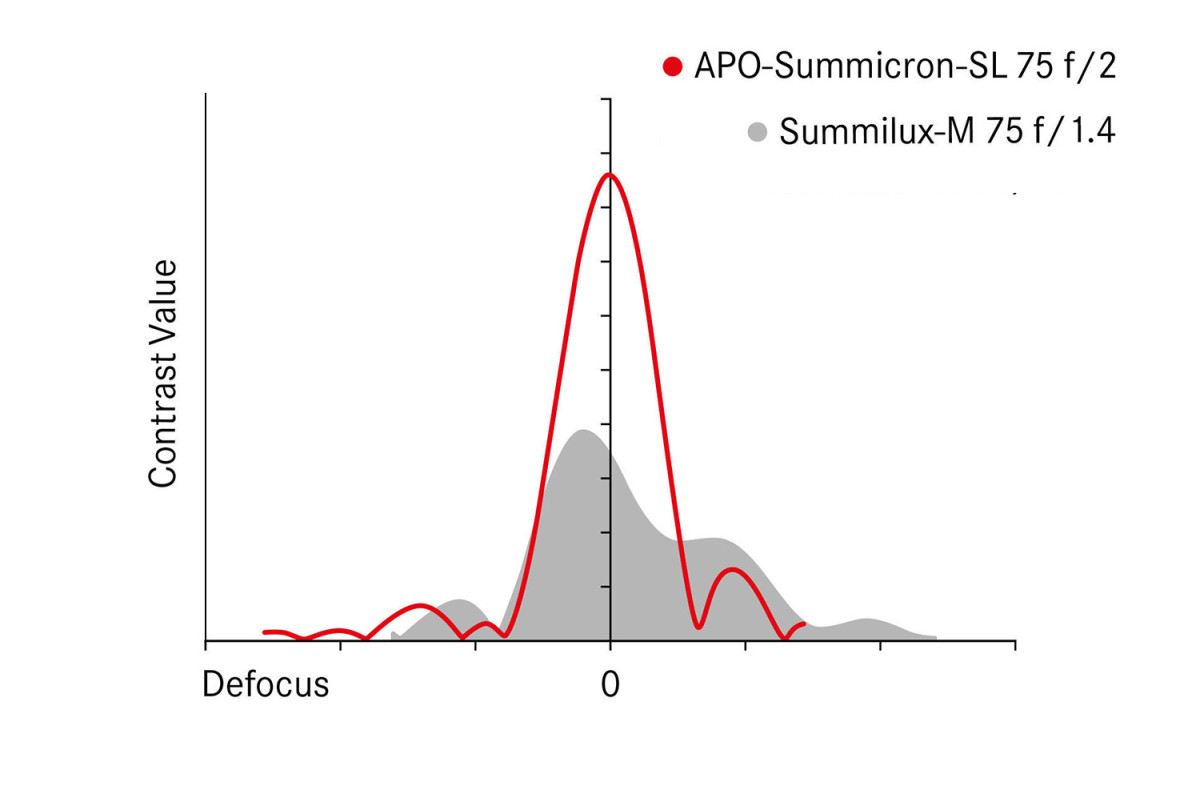
New sharpness gradient is an interesting way to see how the 75 SL achieves such three-dimensionality
I couldn’t see any chromatic aberrations whatsoever, under any circumstance. Distortion is either non-existent or unnoticeable in any of my samples. Edge-to-edge sharpness, like so much Leica glass these days, is there for the taking.
Compared to the APO-Summicron-M 75mm f/2 ASPH
Just like in my 50 Summilux-SL review, I shot a series of head-to-head comparison tests in studio to see how the 75 SL performed versus the well-loved and inarguably awesome 75 APO-Summicron-M. Both f/2 lenses. Both 75mm. I shot the lenses on a tripod-mounted SL in studio, with daylight balanced 98 CRI LED Fresnel lights shot through diffusion, providing accurate and even illumination. I autofocused the SL lens using single point AF-S and used the 100% focus aid to dial in manual focus on the M lens. To account for any focus shift, I reacquired focus at every aperture. All images had exactly the same settings applied in Lightroom and both had lens profiles applied in camera, the M lens through the 6-bit detection on the M adapter and the SL lens via native support. Be sure to click on each picture to view the full size.
For the first round, I tried shooting from around 1.5m (5 feet). This is a common shooting distance, especially for portraits. You might notice that the 75 M image has slightly more magnification than the 75 SL. The 75 M specs show an actual focal length of 74.8mm, so my guess is that the 75 SL is slightly shorter than 75mm. This isn’t uncommon for lenses, and certainly no cause for concern. But in a head-to-head match-up the differences become apparent.
Taking a look here at 100%, the fine filaments of the yarn have more crispness and smoothness when viewed through the 75 SL. There is more apparent contrast in the details, but the scene doesn’t look contrasty. I think this is an important distinction to make, as the technical nature of the new SL glass doesn’t get in the way of an overall pleasing look. Another take-away is that even though the 75 SL is at a slight disadvantage due to a few less pixels on the subject from the same distance, it still outresolves the M lens. Again, be sure to click the images to view them full size – the crops measure 1800 x 1200 pixels.
For the second round, I moved in closer, to 0.7m, the minimum focus distance on the 75 APO M. Here, we’re looking to examine close focus performance. As expected, both lenses do quite well. Both the floating element design of the M lens and the dual focus elements of the SL lens optimize close range quality.
Again, looking at 100%, the SL is pulling ahead in pure sharpness without giving up any subtlety in the falloff to out of focus.
The third round was a solo one, as I wanted to get the highest reproduction ratio possible by moving in to 0.5m, mimimum focus distance for the SL lens. The 75 SL turns out amazing detail resolution and the falloff gets even silkier, but the 75 M lens can’t focus this close.
We can see this performance difference by comparing the MTF charts for both lenses side-by-side. The SL lens is pulling an incredible 80% contrast wide open at 40 lp/mm, while the M lens is at a very respectable 60%. Stopped down two stops, the 75 SL is still putting up slightly better numbers, clocking in at more than 80% contrast.
Bottom line: the 75 SL is noticeably sharper that the legendary 75 APO M, and can focus 20cm, or roughly 8 inches, closer. The 75 M by no means puts in a poor performance here. Rather, the SL lens just pushes the bar that much higher from what could be described as a reference-level optic in the venerable M lens. This follows a similar theme from the results I analyzed from testing the 50 Summilux-SL and the 90-280 SL versus their legendary manual focus counterparts, the 50 APO-Summicron-M and the 180 APO-Elmarit-R.
Final Thoughts
If the 75 SL is any indication of what’s to come, the SL lens line might very well set the standard for the very best in optics from Leica. Fine details are resolved with precision. Out of focus rendering is silky smooth with cinematic bokeh. Contrast and color are spot on. Challenging lighting is readily handled. Distortion, color aberrations vignetting are nowhere to be found.
And, while I didn’t have a chance to test the 90 APO SL yet, just judging from the MTF charts, the 75’s slightly longer sibling appears to be slightly superior in the sharpness department, but at this point, we’re splitting hairs. Both lenses are truly reference class, and class-leading at that. Besides their stellar imaging capability, the new line of Summicron SL lenses finally come in a size that SL users have been clamoring for.
Now that both the 75 and 90 are available, which would I recommend? Well, they’re the same exact size with just a small difference in weight. Both lenses are sharper than just about anything out there, including their M and R counterparts. My advice is simple. Get whichever focal length you are most comfortable with. As much as I’m a 90 shooter myself, I had a great time rocking out the 75.
So, yeah. You can’t go wrong with either. Now, Leica, how about that 35 Cron?
Availability of the 75 SL
The 75mm APO-Summicron-SL ASPH started shipping earlier this year for $4,750 and is available from Leica Store Miami. Getting your gear through Leica Store Miami is a great way to support this site.
More About the SL-System
If you want to learn more about the Leica SL, be sure to check out my full review of the camera (Leica SL (Typ 601)Review: A Professional Mirrorless Camera) along with reviews of the 50 Summilux -SL (Leica Summilux-SL 50mm f/1.4 ASPH Review: A New Standard) and the 90-280 Vario-Elmarit-SL (Leica APO-Vario-Elmarit-SL 90-280mm f/2.8-4 Lens Review: Telephoto Titan for the SL (Typ 601)).
Additional Sample Image Gallery
- Leica SL (Typ 601) with APO-Summicron-SL 75mm ASPH
1/640th @ f/2, ISO 100
- Leica SL (Typ 601) with APO-Summicron-SL 75mm ASPH
1/500th @ f/2, ISO 100
- Leica SL (Typ 601) with APO-Summicron-SL 75mm ASPH
1/250th @ f/2, ISO 125
- Leica SL (Typ 601) with APO-Summicron-SL 75mm ASPH
1/2,500th @ f/2, ISO 100
- Leica SL (Typ 601) with APO-Summicron-SL 75mm ASPH
1/1,600th @ f/2, ISO 100
- Leica SL (Typ 601) with APO-Summicron-SL 75mm ASPH
1/500th @ f/2, ISO 100
- Leica SL (Typ 601) with APO-Summicron-SL 75mm ASPH
1/320th @ f/2, ISO 100
- Leica SL (Typ 601) with APO-Summicron-SL 75mm ASPH
1/160th @ f/2, ISO 3200
- Leica SL (Typ 601) with APO-Summicron-SL 75mm ASPH
1/1,000th @ f/8, ISO 100
- Leica SL (Typ 601) with APO-Summicron-SL 75mm ASPH
1/250th @ f/2, ISO 400
- Leica SL (Typ 601) with APO-Summicron-SL 75mm ASPH
1/400th @ f/2, ISO 100
- Leica SL (Typ 601) with APO-Summicron-SL 75mm ASPH
1/250th @ f/8, ISO 400
- Leica SL (Typ 601) with APO-Summicron-SL 75mm ASPH
1/1,250th @ f/2, ISO 100
- Leica SL (Typ 601) with APO-Summicron-SL 75mm ASPH
1/250th @ f/2, ISO 400
- Leica SL (Typ 601) with APO-Summicron-SL 75mm ASPH
1/200th @ f/2, ISO 400
- Leica SL (Typ 601) with APO-Summicron-SL 75mm ASPH
1/1,250th @ f/2, ISO 400
Tech Specs
| Lens | 75mm APO-Summicron-SL | |
| Angle of view (diagonal, horizontal, vertical) | 31.8° / 26.7° / 18° | |
| Optical design | ||
| Number of lenses/groups | 11/9 | |
| Aspherical surfaces: | 1 | |
| Position of entrance pupil | 35.9 mm | |
| Working range | 0.5 m to infinity | |
| Distance setting: | ||
| Smallest object field | 120x180mm | |
| Largest reproduction ratio | 1:5 | |
| Aperture | Electronically controlled aperture, set using turn/push wheel on camera, including half values | |
| Aperture setting range | 2-22 | |
| Bayonet/sensor format | Leica L bayonet, full-frame 35 mm format | |
| Filter mount | E67 | |
| Finish | Black anodized | |
| Dimensions and weight: | ||
| Length to bayonet mount | 102mm | |
| Largest diameter approx | 73mm | |
| Weight approx | 720 grams | |
| Warranty | 2 years | |

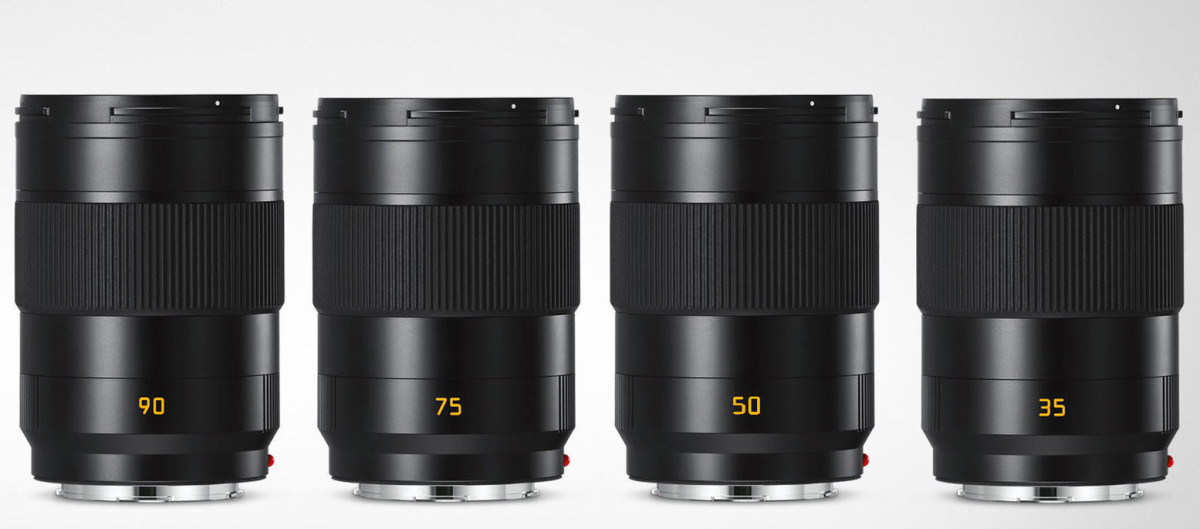

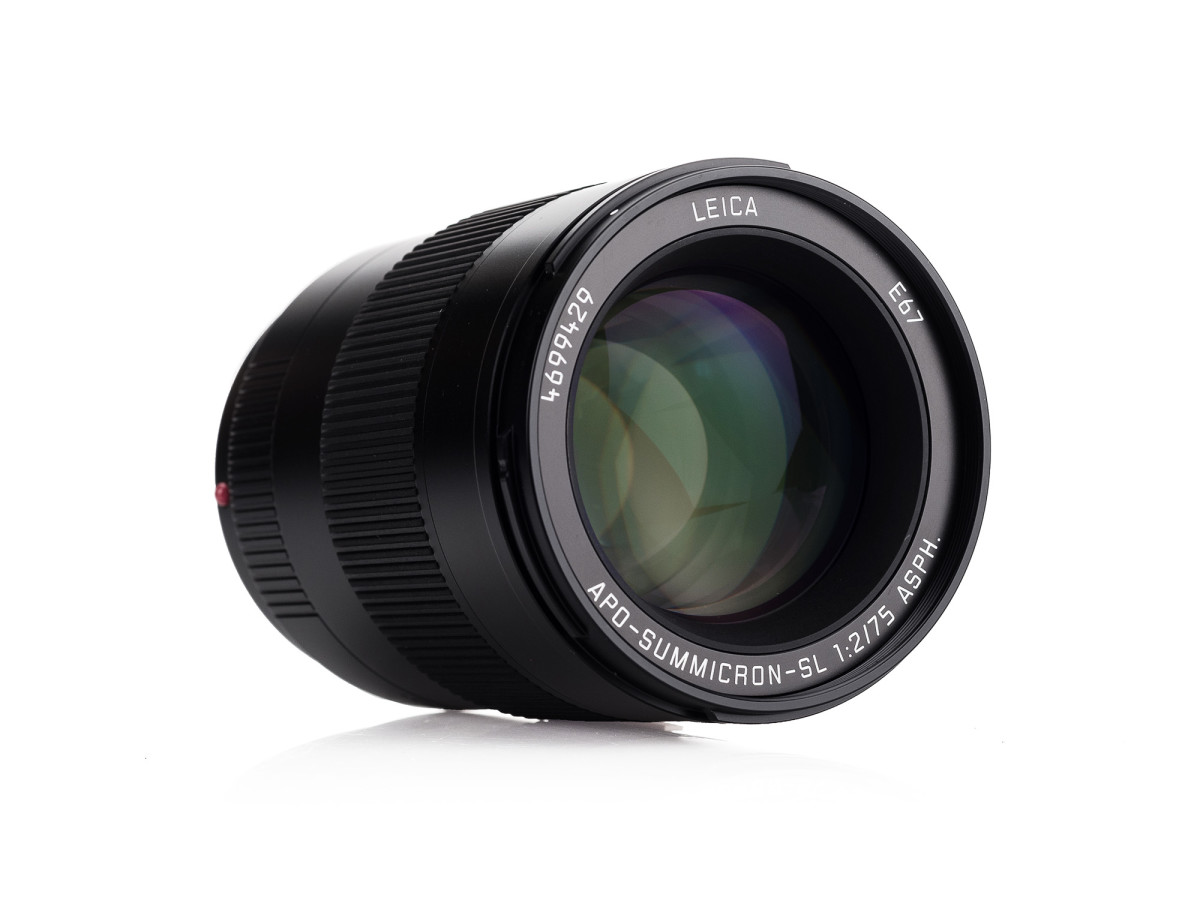
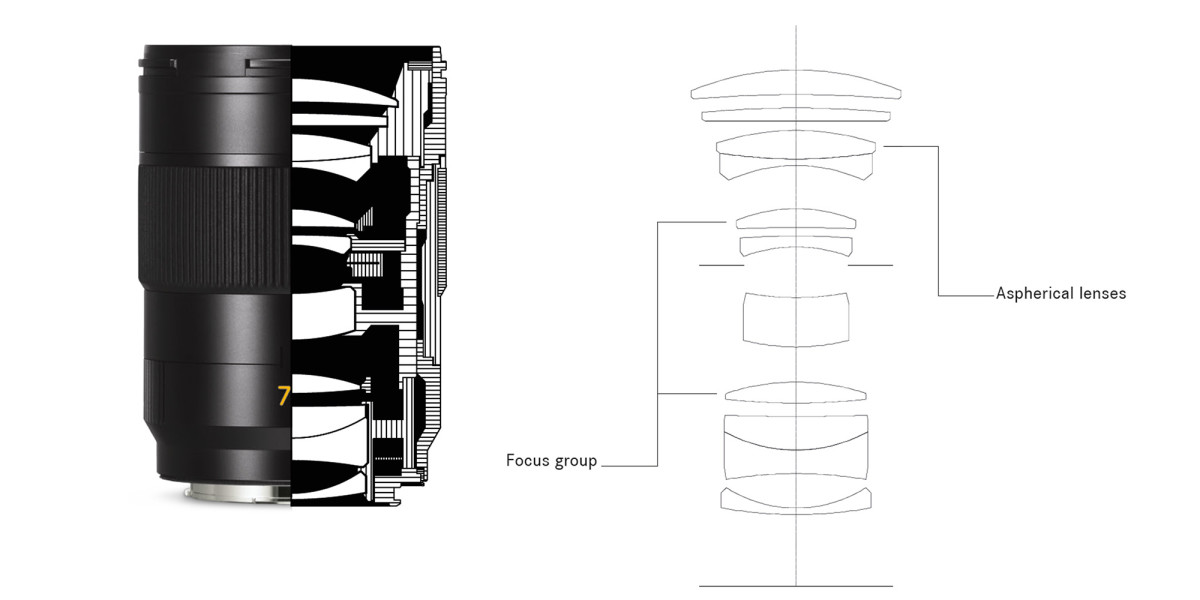

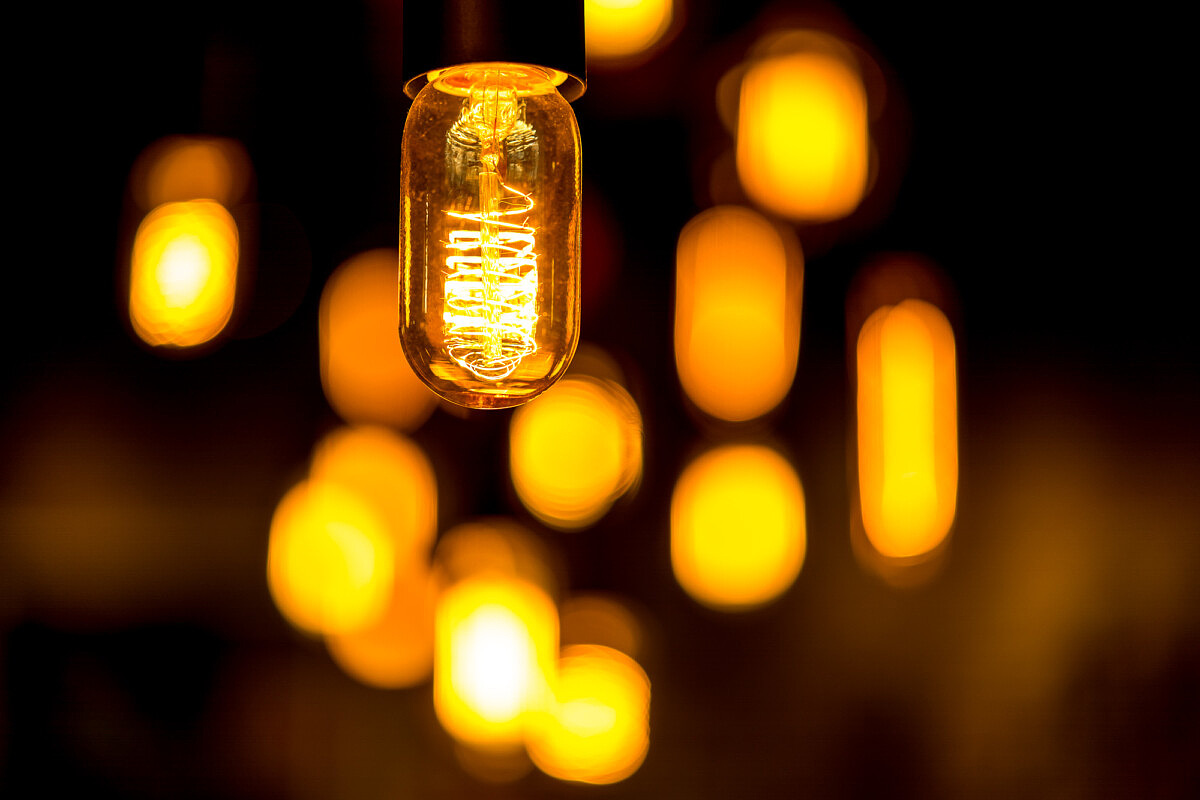
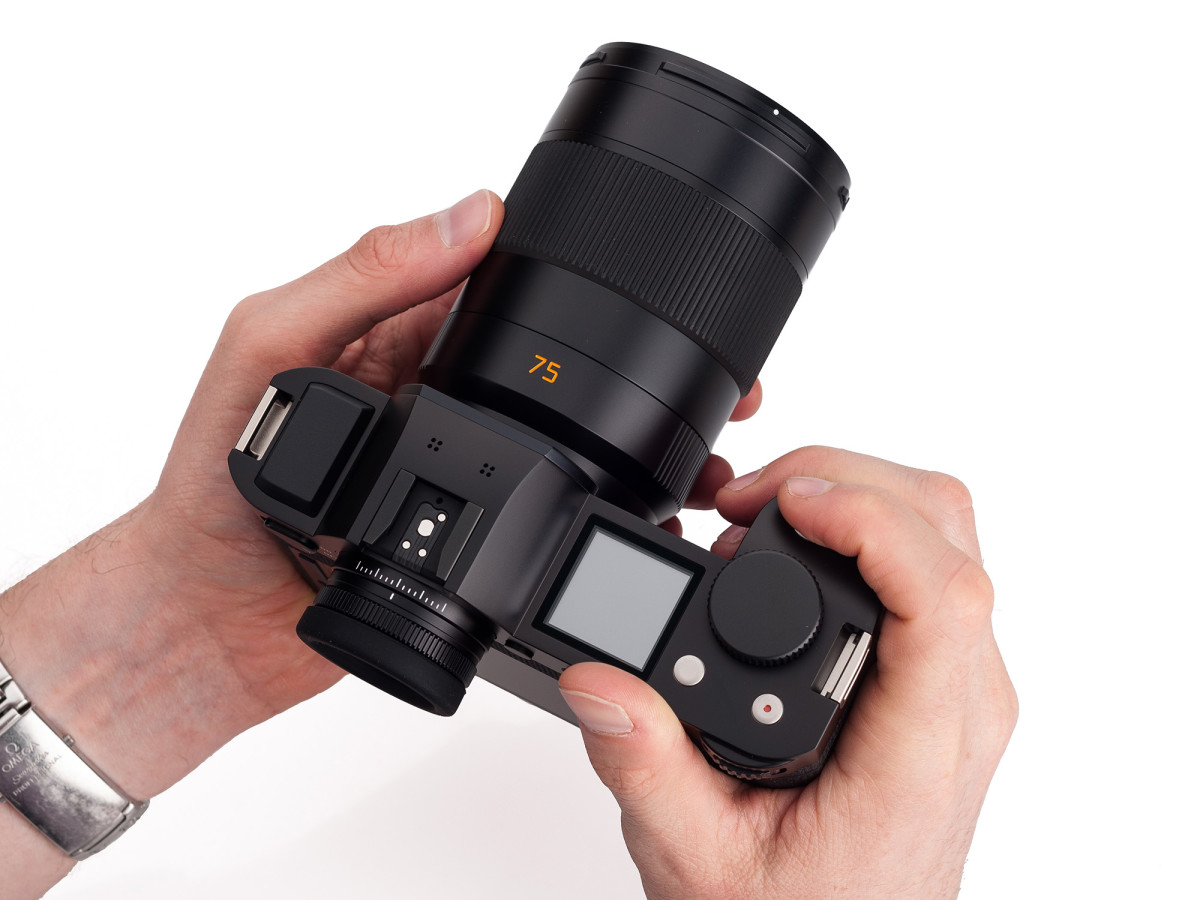






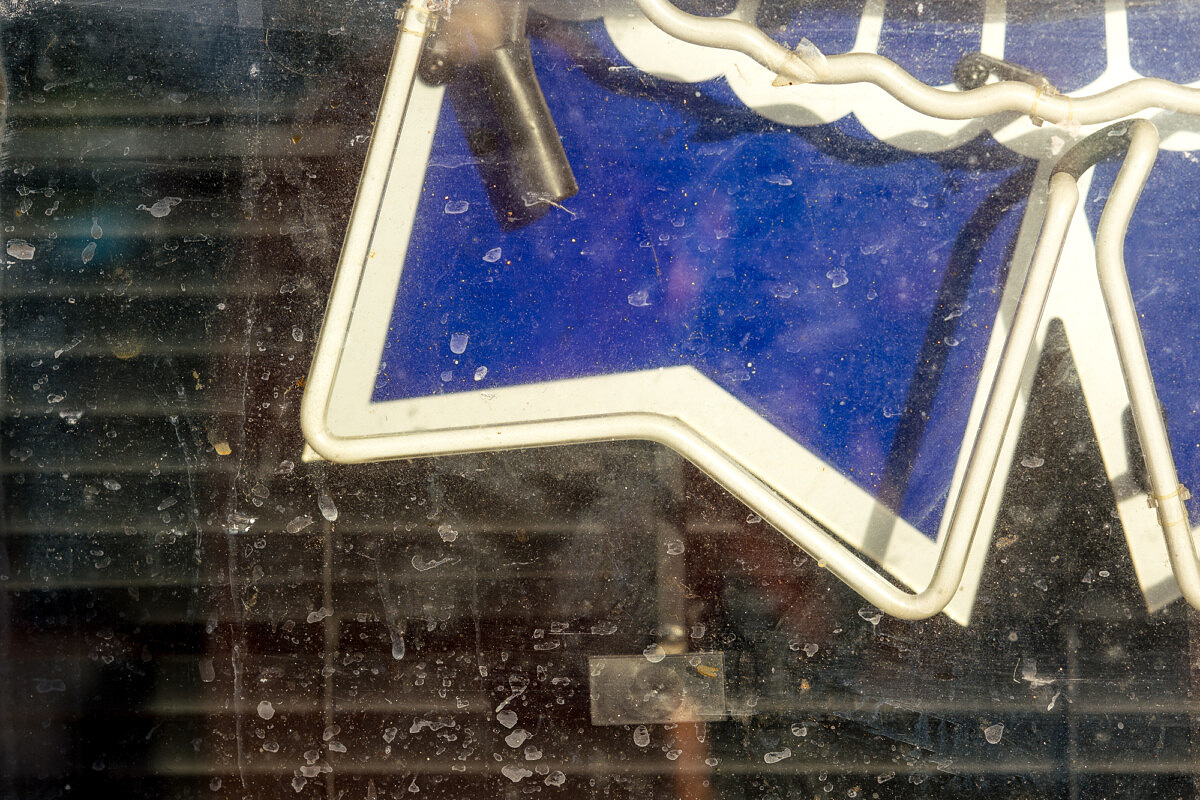
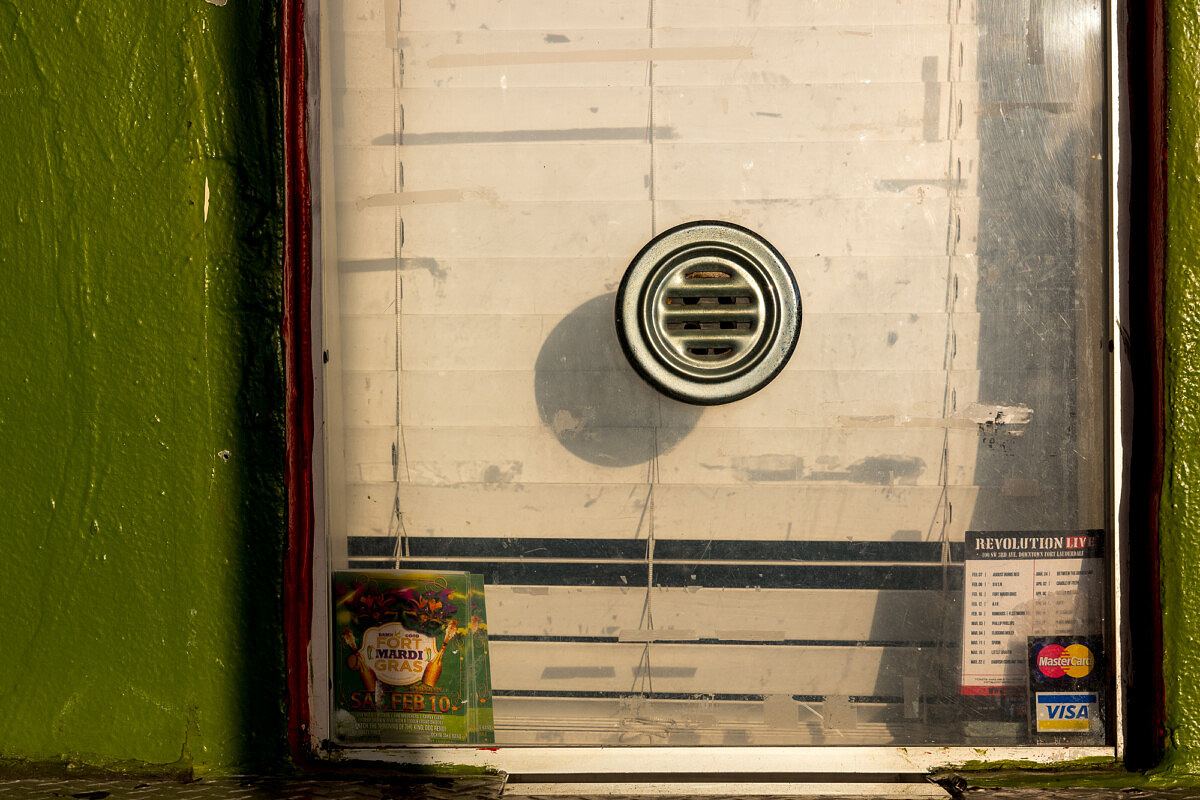







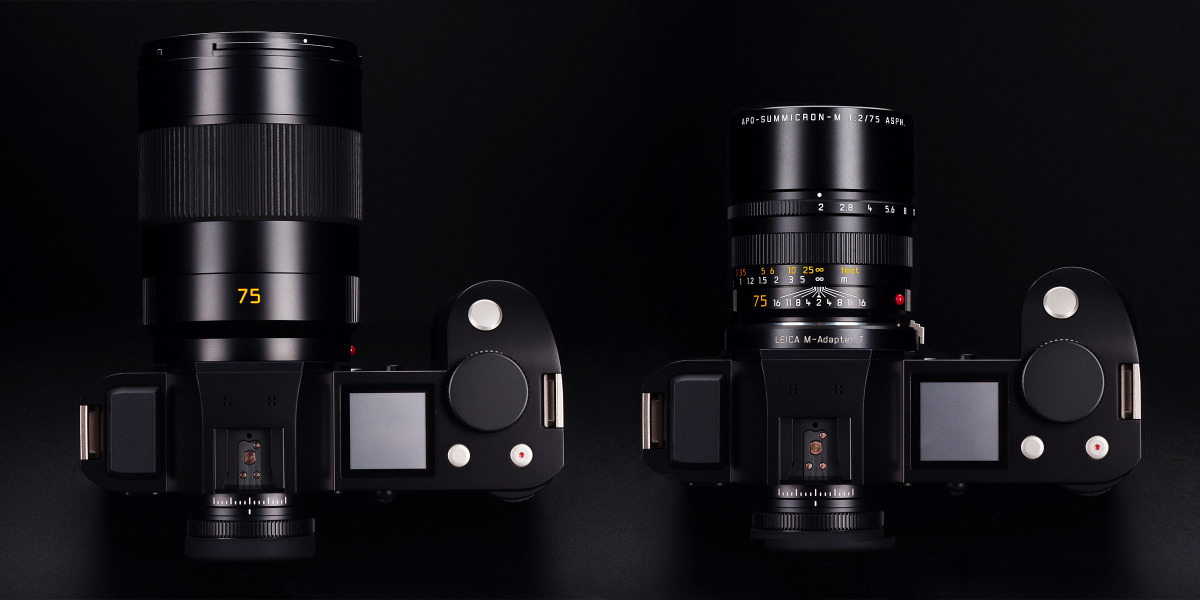






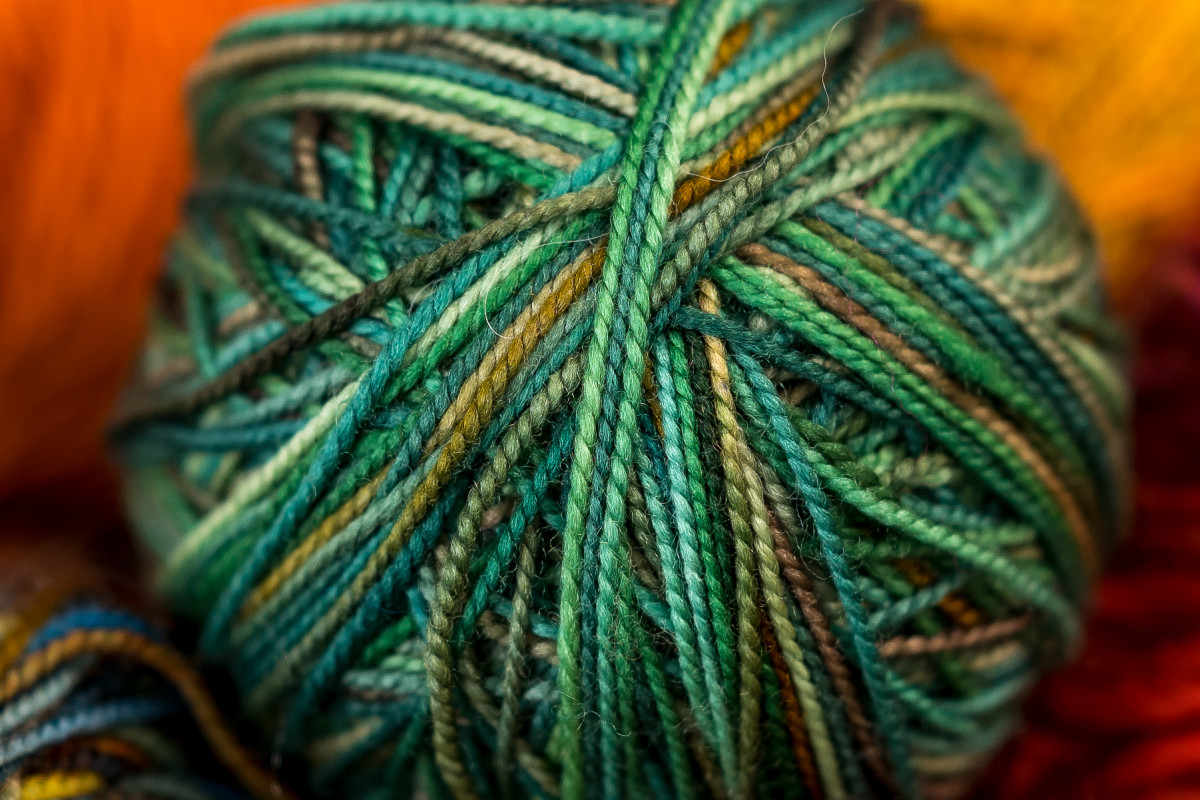
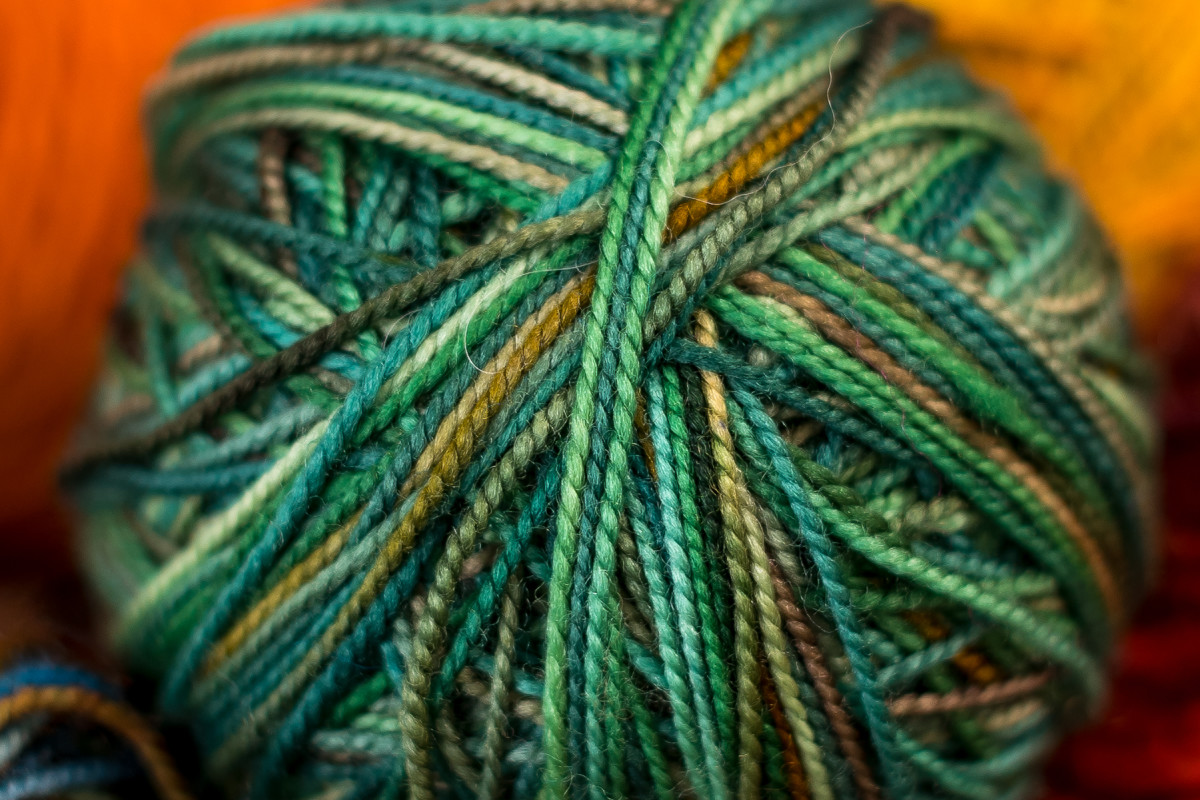


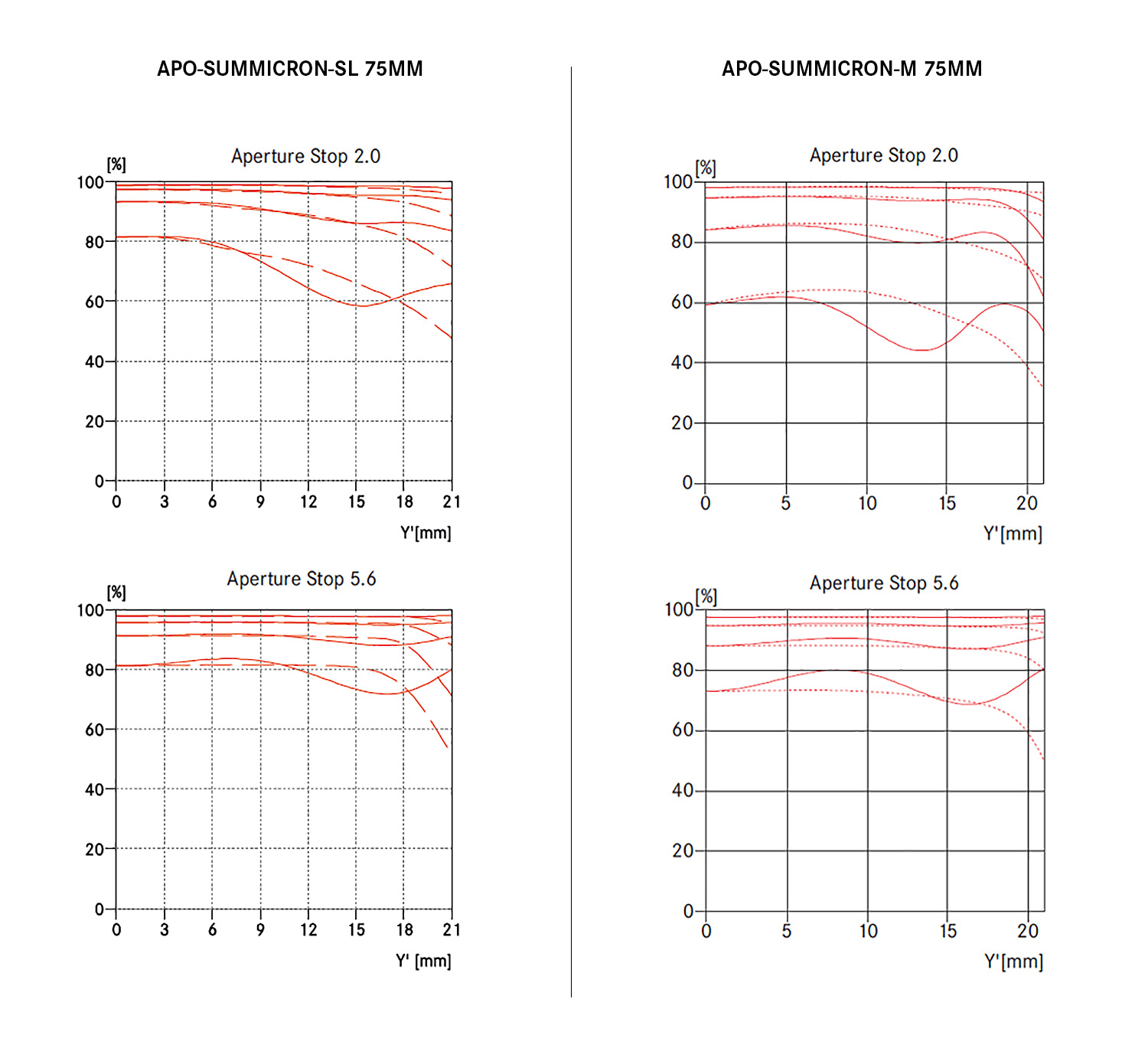

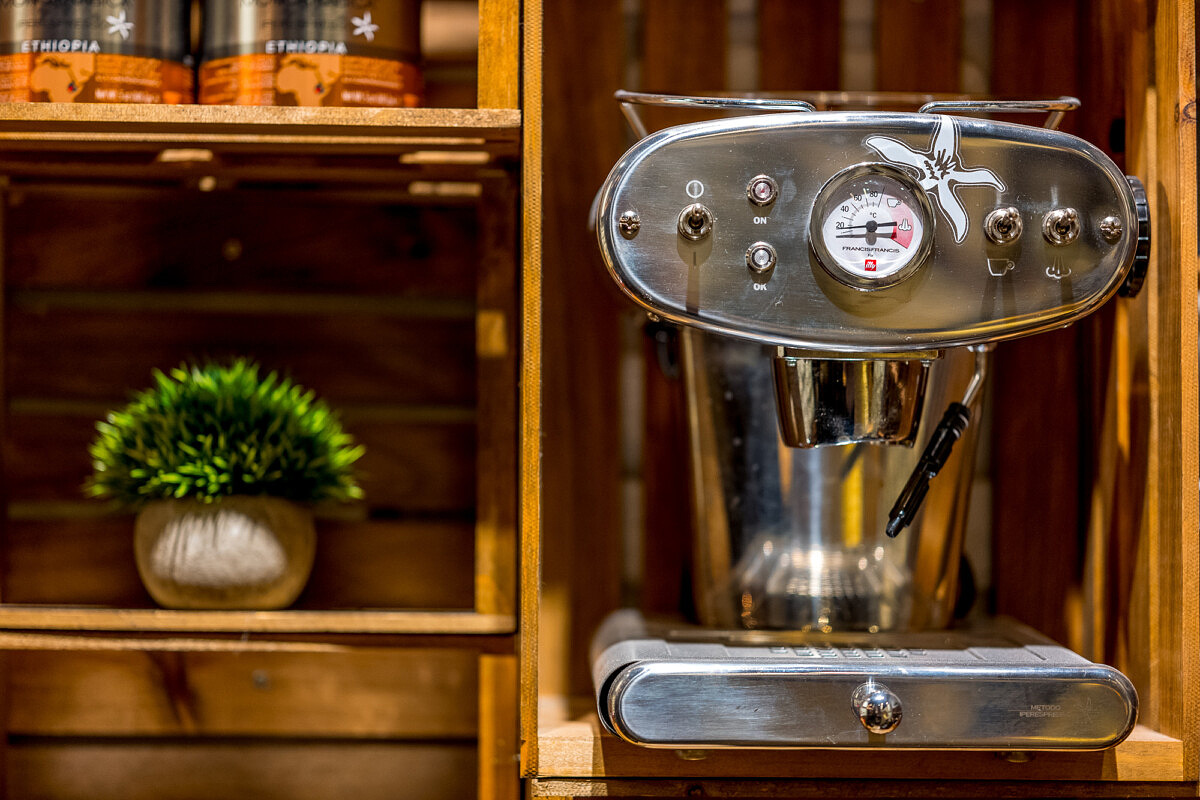


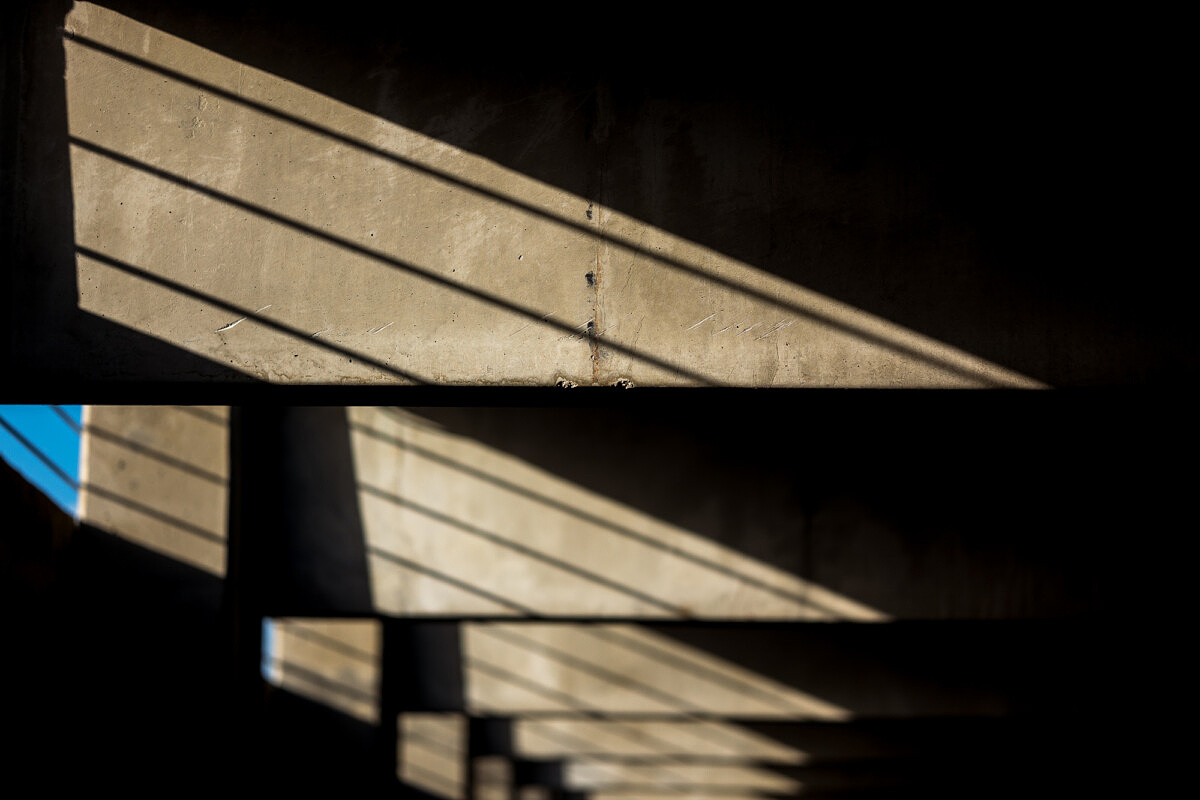

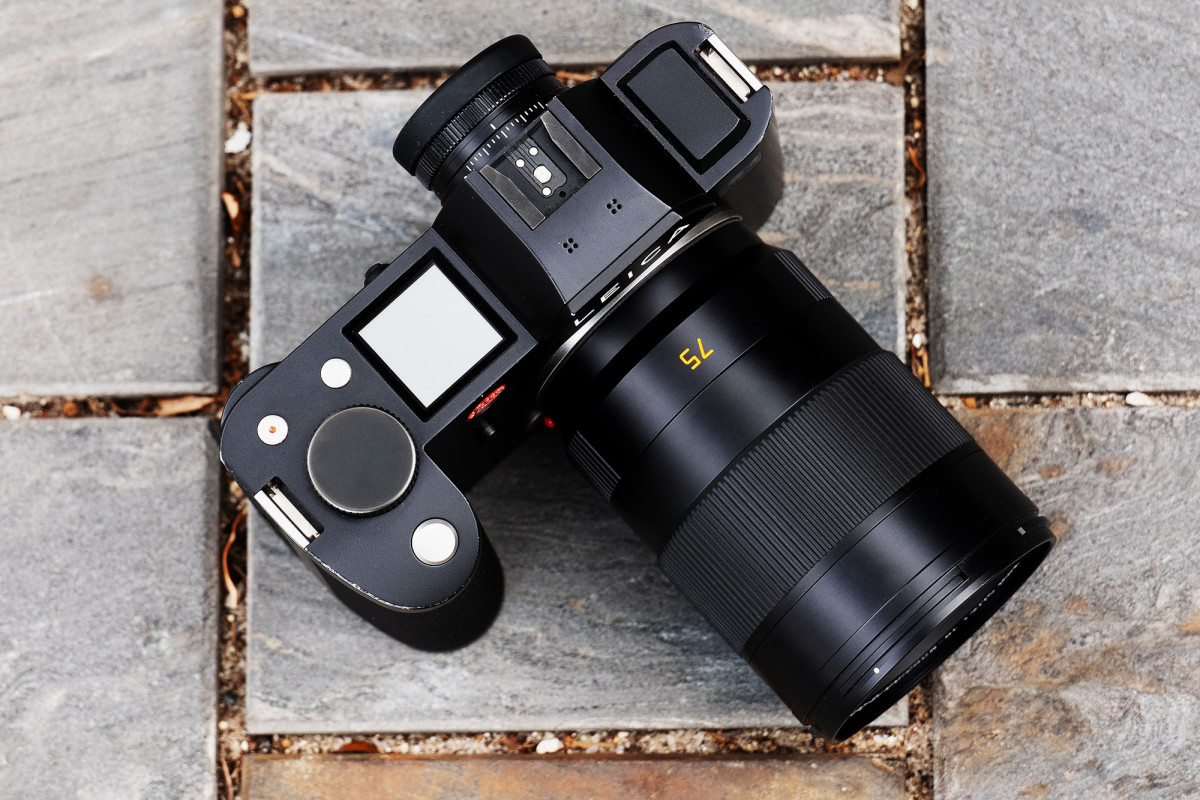
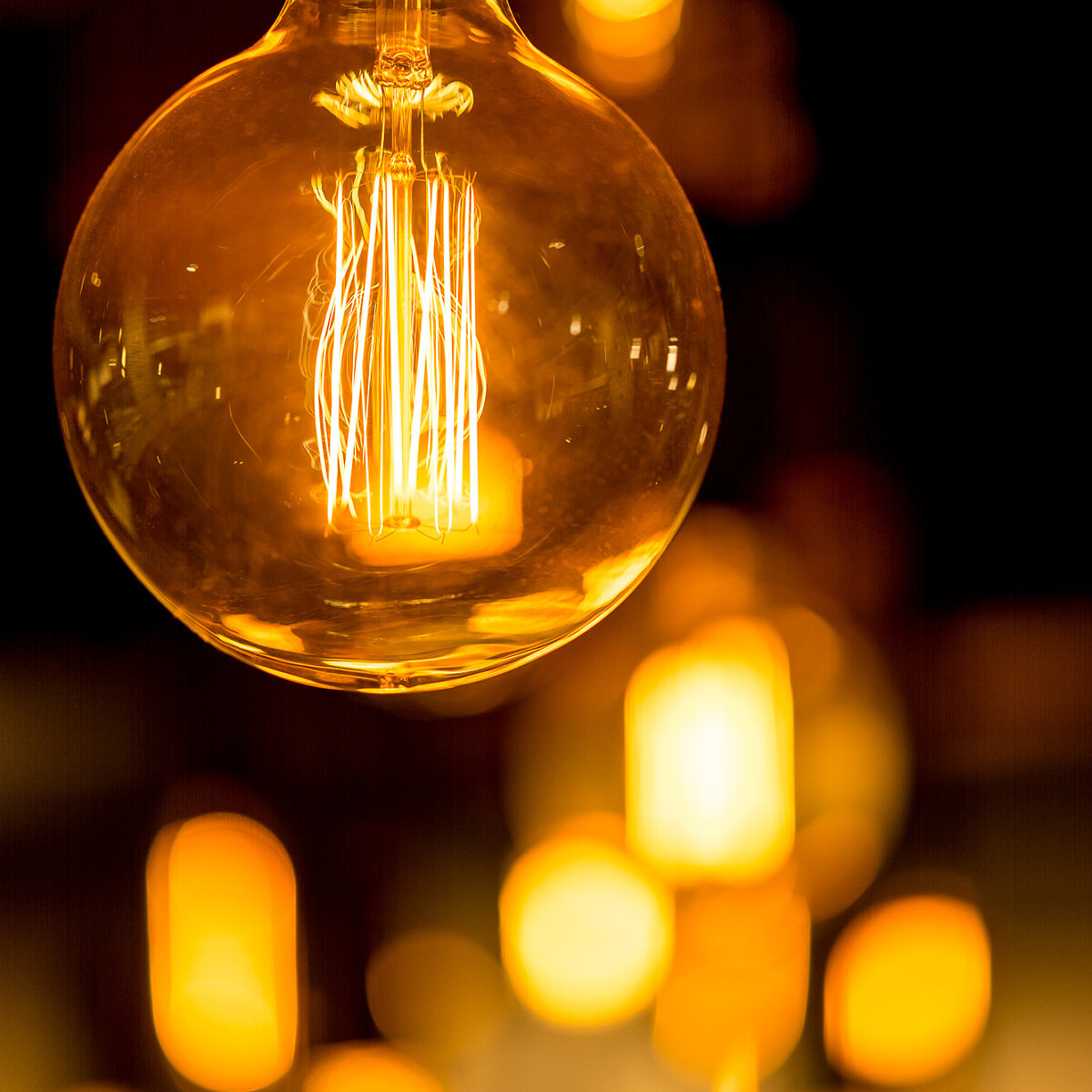



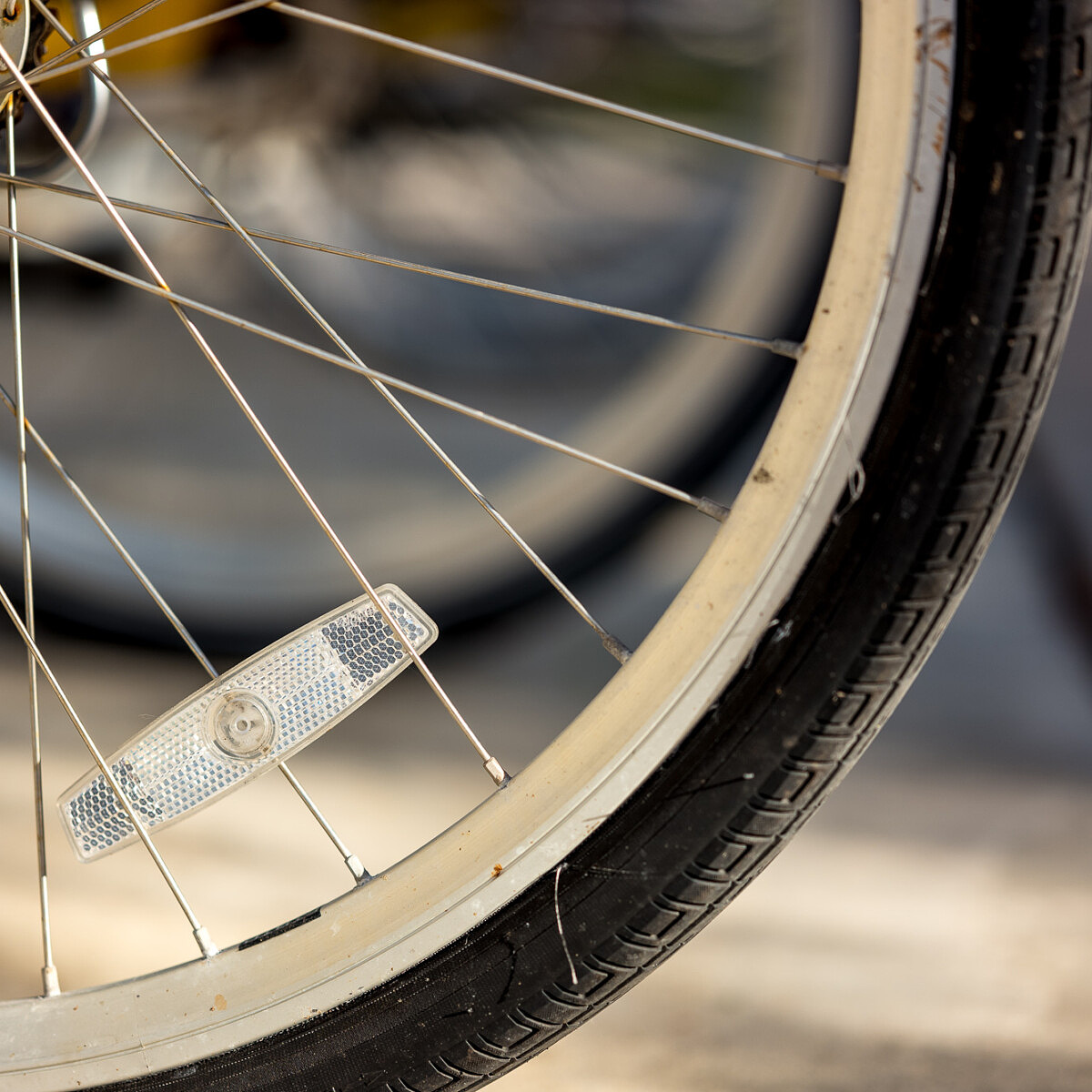
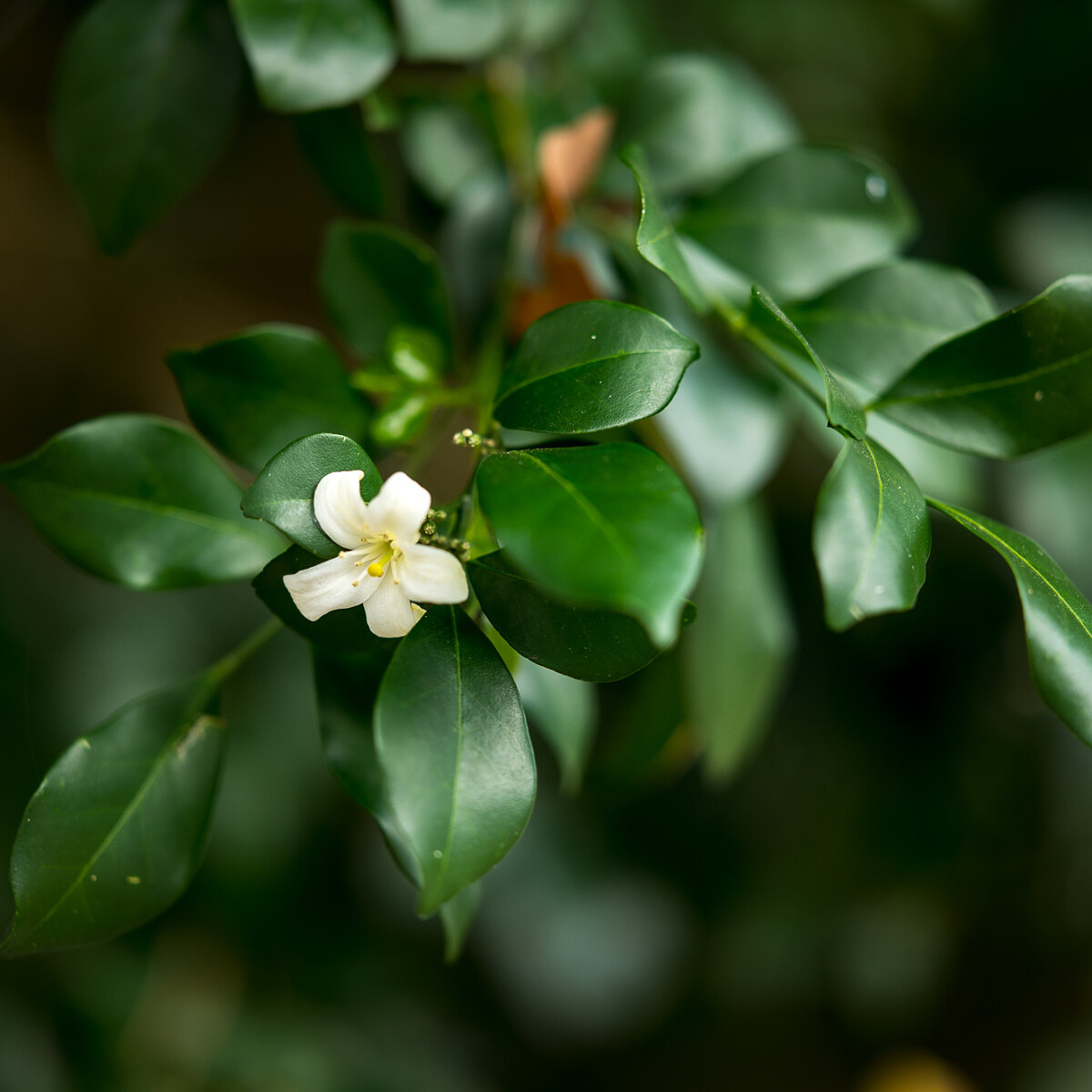


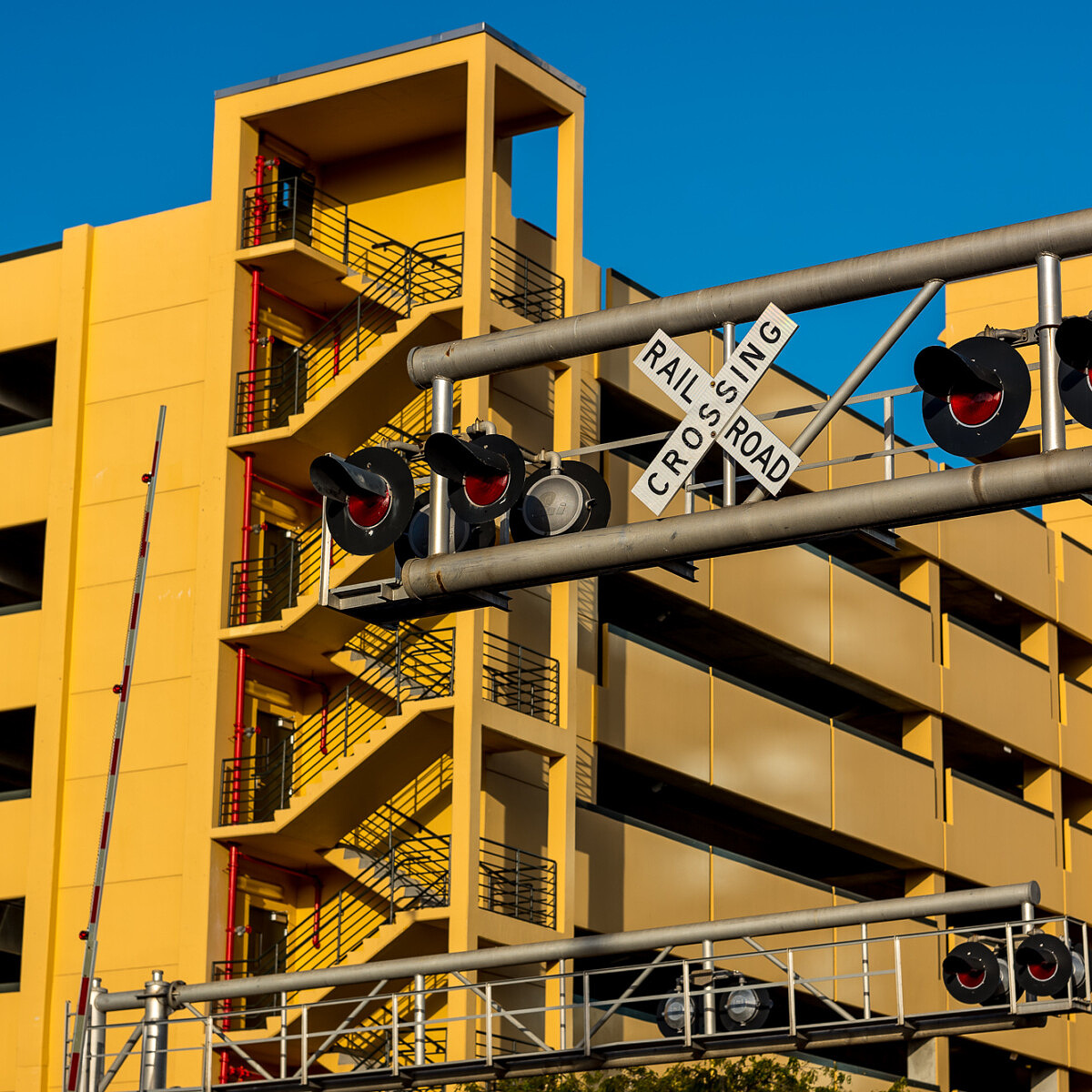


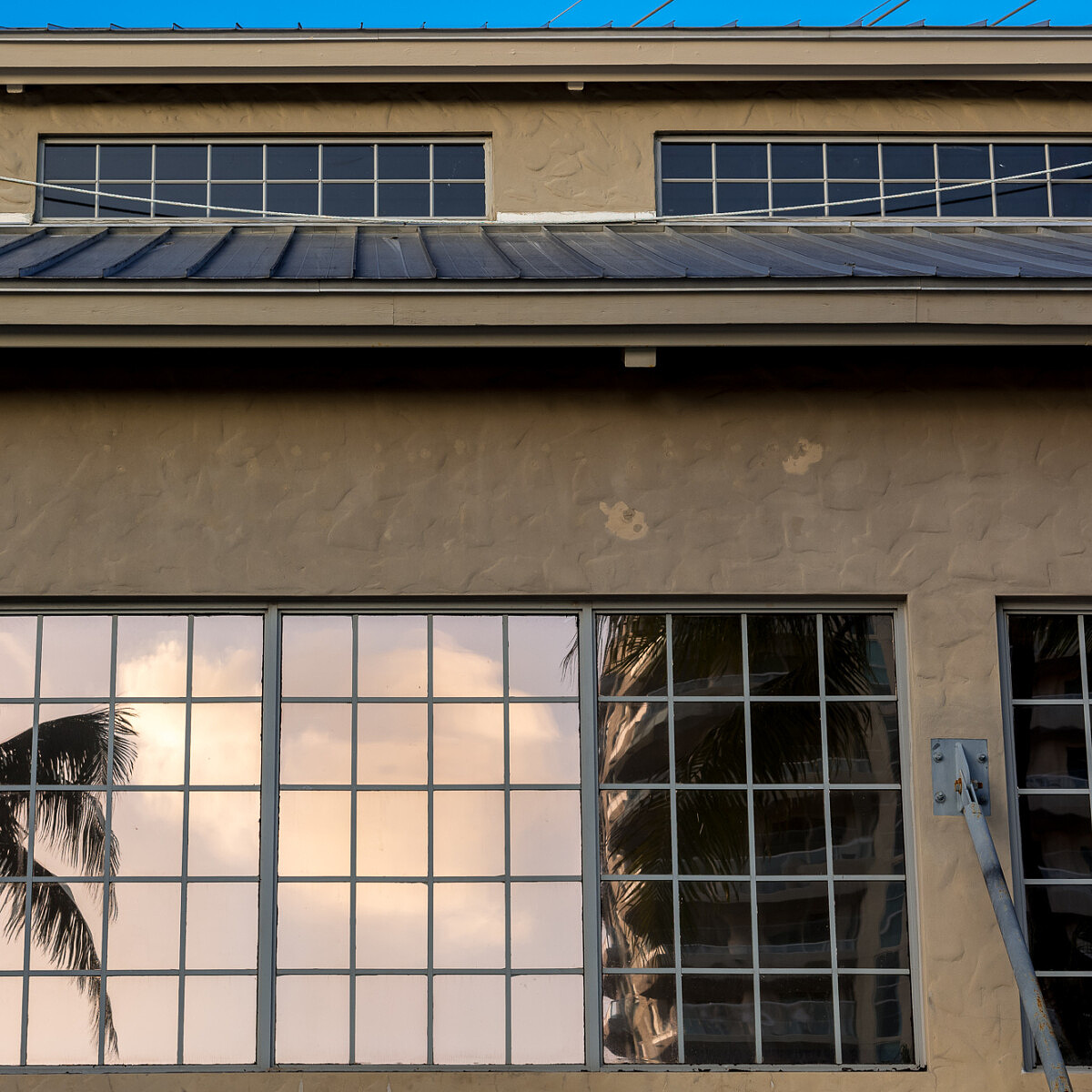

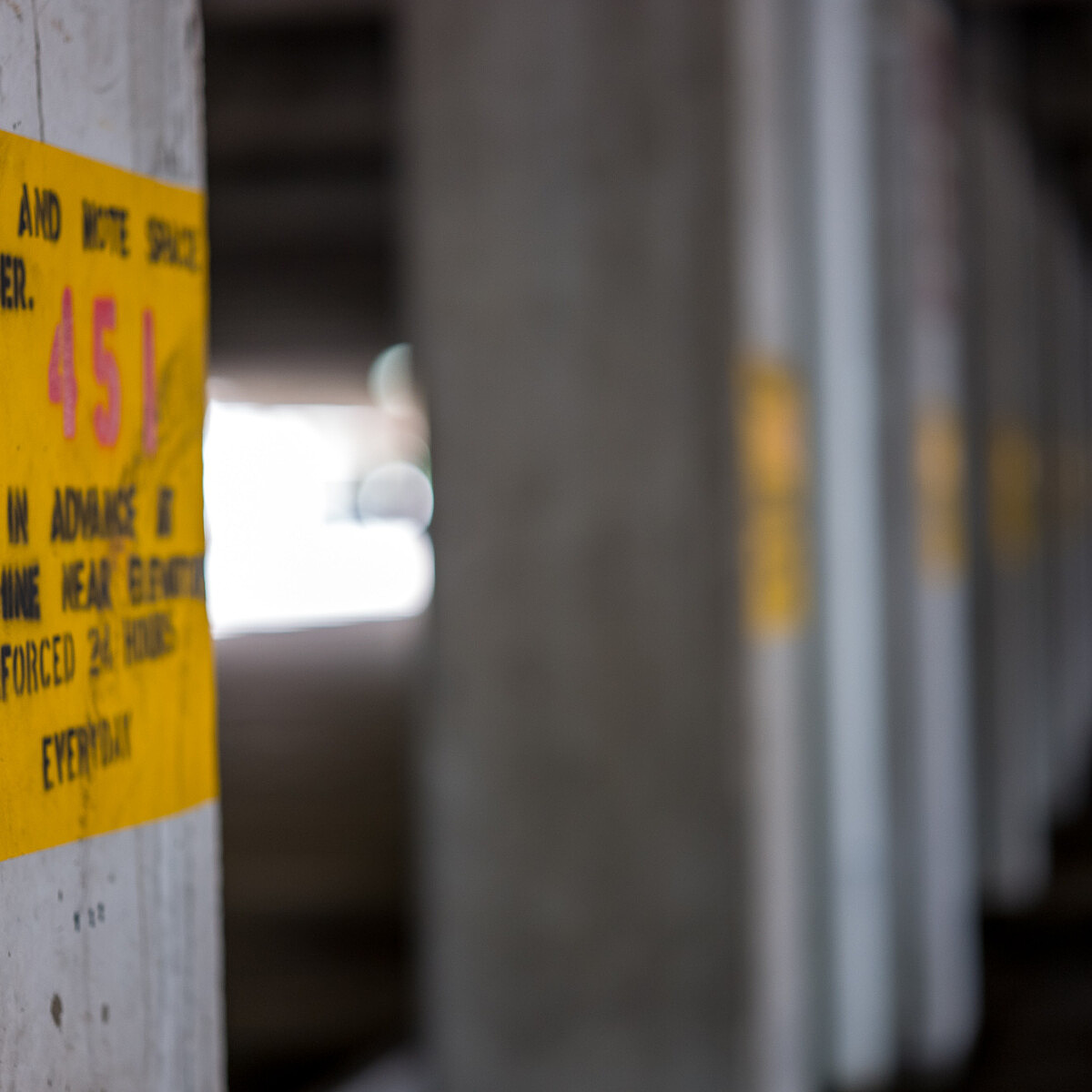


Most impressive pictures, and I hope you will convey our thanks to your patient and cheerful model. I had wondered why Leica emphasized that the dual drive autofocus motors were driving the two moveable lens elements separately, but your explanation that this replaces the FLE compensation seen in the latest M lenses makes sense.
But what’s with the lemon-shaped bokeh balls coming from light dots (or something) in the background? Some light dots show up with a uniform enhancement around their oval edges, for example, the yellow background lamps in your second image. But the shot in the section “Availability” shows a different effect. In the center the white spots are circular, but as you move left or right they get narrower and the tops and bottoms develop a sharp corner. What sort of aberration is this, and when do you see it? Is it a side effect of the tricks paid to get the appearance of sharper depth of field separation?
glad to see your daughter is growing up so fast, david!
I work a lot with this Objektiv, its one of the famos optical glas.
I wrote actually an review about this Leica Summicron 75..
Maybe you are interested to read it on my site.
Many thanks for this review. What about the sl 50 f2 against the sl 75 f2?
Bokeh, details. Af for portraits or details? I have m 10 with 24,35,50,90 and now sl to extent to af
Thanks